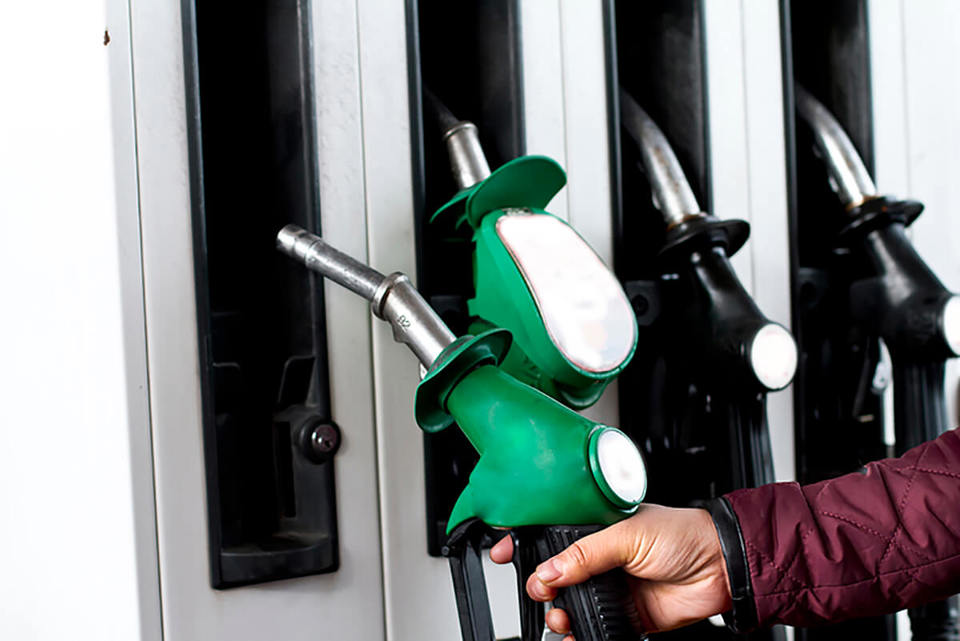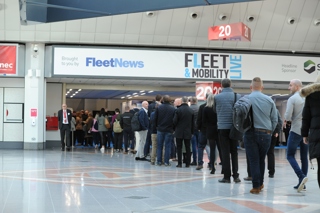Judith Popay, fleet manager for AstraZeneca, uses an AFR-based method, which has been tweaked to encourage fuel efficient car choices by staff.
“Our fuel reimbursement policy is a single rate for all car eligible drivers based on the AFR recommendations,” she says. “We use this method because we have a user-chooser policy and believed that it would encourage drivers to make fuel-efficient choices while looking at their business and personal needs. So our rate is above the AFR for diesel but not as high for bigger engine and ‘gas-guzzling’ models.”
Another fleet manager told Fleet News that his company uses AFRs for simplicity. “As these are set by the Government it is easier to follow and we don’t get into arguments with staff on the level of reimbursement,” he says.
“We have looked into fuel cards but this means that the company would have to pay upfront and then get the details back from the employees which can be somewhat problematic.”
However, the use of fuel cards is on the increase. The reasons soon become obvious.
As the driver pays for all the fuel on the card there is no initial outlay from his own funds and the employer can then deduct the cost from the driver’s salary less the value of any fuel used for business journeys.
“Generally companies use fuel cards to save money,” says Adam Rollins, business development manager of Midas.
“But there are many reasons why fuel cards are adopted, including purchase control and VAT reporting.”
According to The Fuel Card Company, more than 60% of fleets with 25 vehicles or greater use fuel cards. The remaining 40% are “missing out on crucial savings”, according to Jakes De Kock, its sales and marketing director.
“The question of what influences fleet managers to use one method of fuel purchase over another differs from company to company,” he says.
“The main reason, in my opinion, is ignorance. Decision makers in charge of fuel purchase are often unaware of the overall savings in processing VAT receipts, administration costs, control over driver fuel spend and discount on fuel.”
Rollins agrees that the best way to control fuel expenditure is by allocating a fuel card to your driver as then the company takes over the responsibility for fuel purchase.
“This means that the company also starts paying for fuel at actual pence per mile, rather than having to reimburse drivers at AFR rates,” he says.
“A modern fleet with low CO2 vehicles will benefit from the fuel economies these vehicles achieve, which can often work out at several pence per mile less than the AFR rate.
"A fleet with 1,000 vehicles can easily clock up more than one million miles per month. A saving of 1p per mile means a saving of £10,000 per month.
"Unless the company takes responsibility for fuel purchase, it simply cannot benefit from the fuel economy of efficient new cars.”
Another positive point to using fuel cards is that drivers don’t have the financial burden of initially financing fuel purchases.
“Previously drivers would have coughed up for fuel, laying out huge amounts on their personal credit cards and then having to wait to get it back by reclaiming it through the company’s expenses system,” says Jenner.
“It also encourages staff to be more diligent when checking their mileage because if they don’t all their mileage could get charged as private mileage.
The company also benefits because it knows exactly where it stands because it gets a full report form the fuel card company… so everyone is happy.”


















Login to comment
Comments
No comments have been made yet.